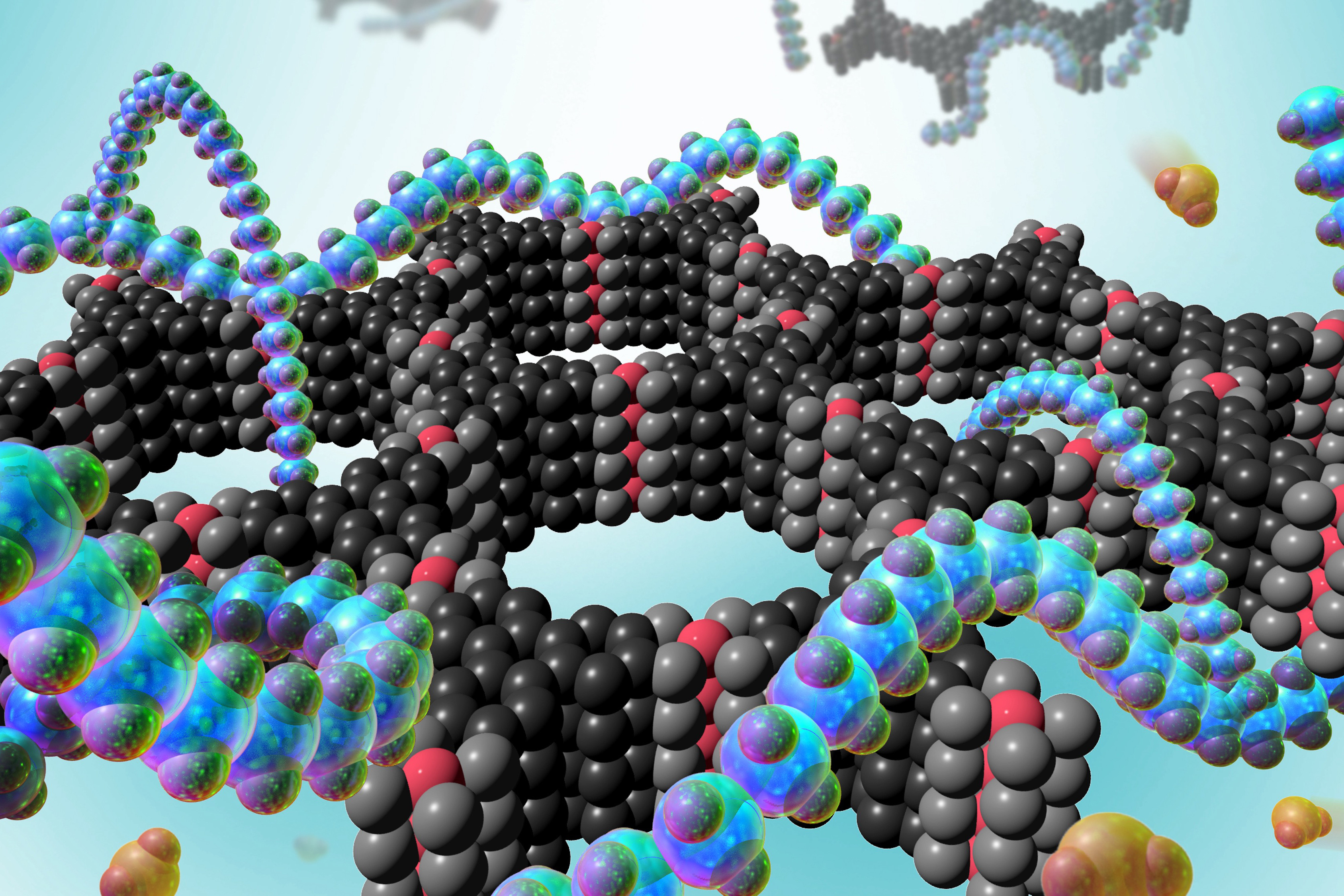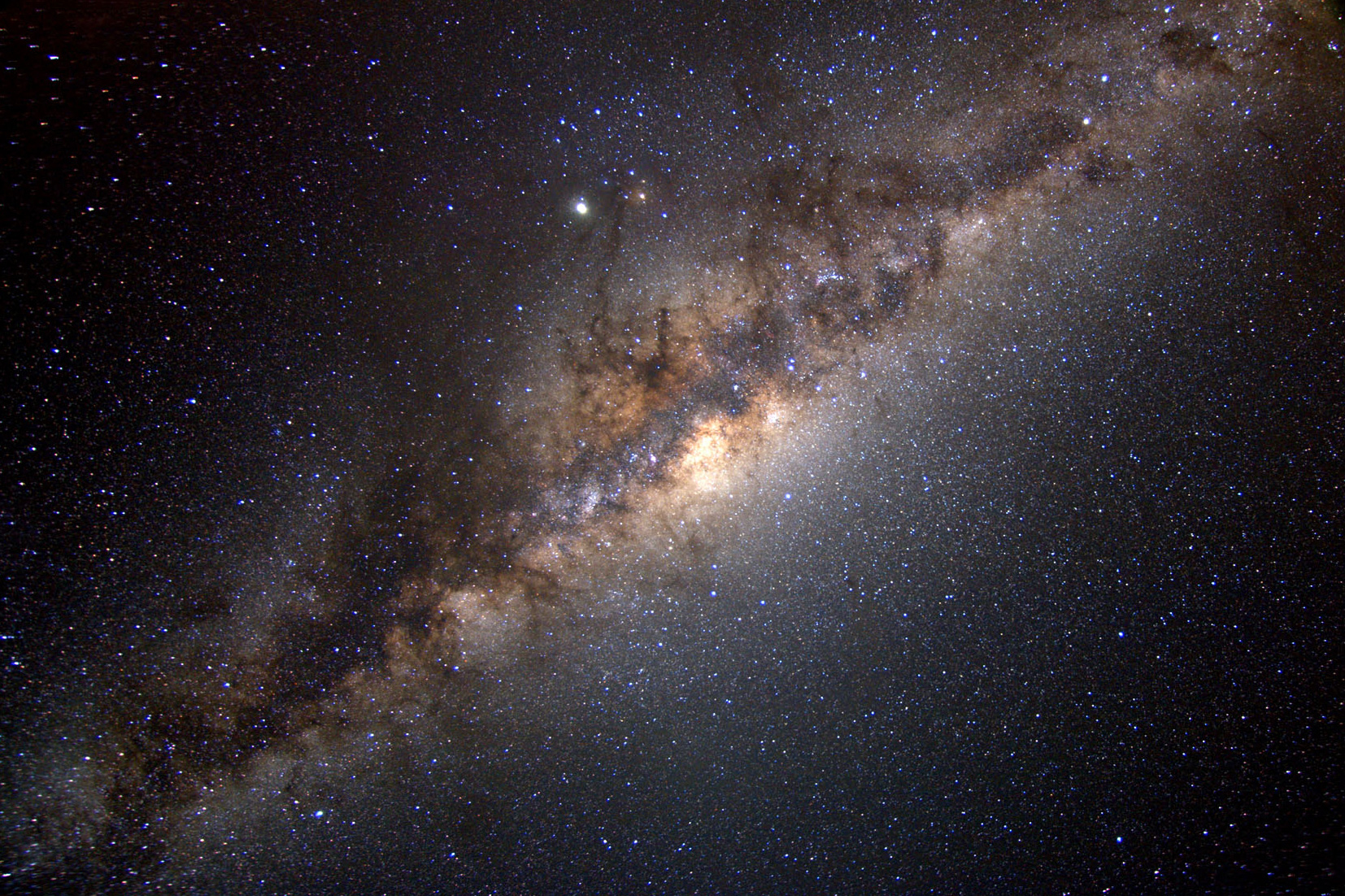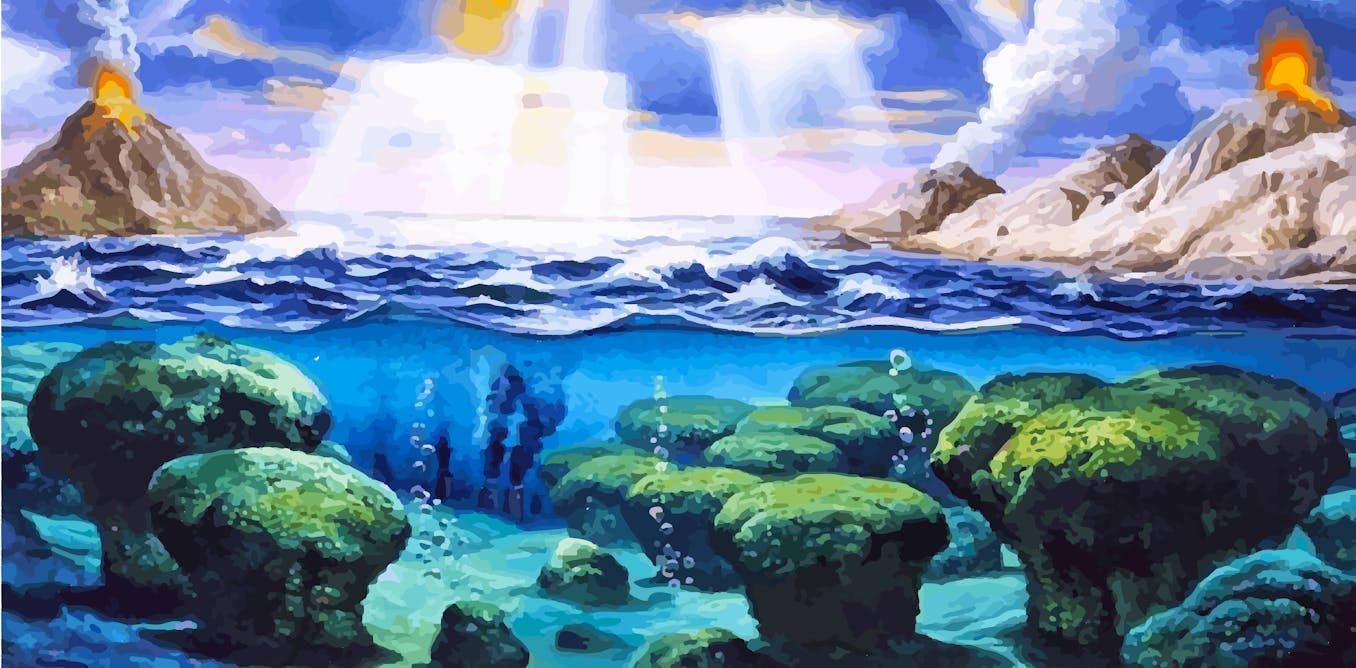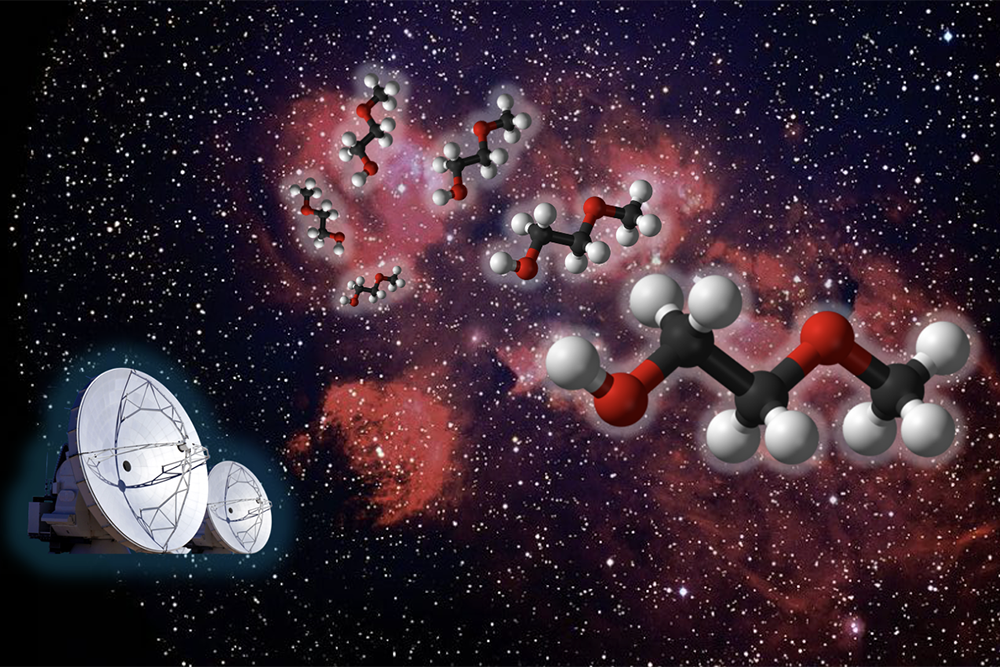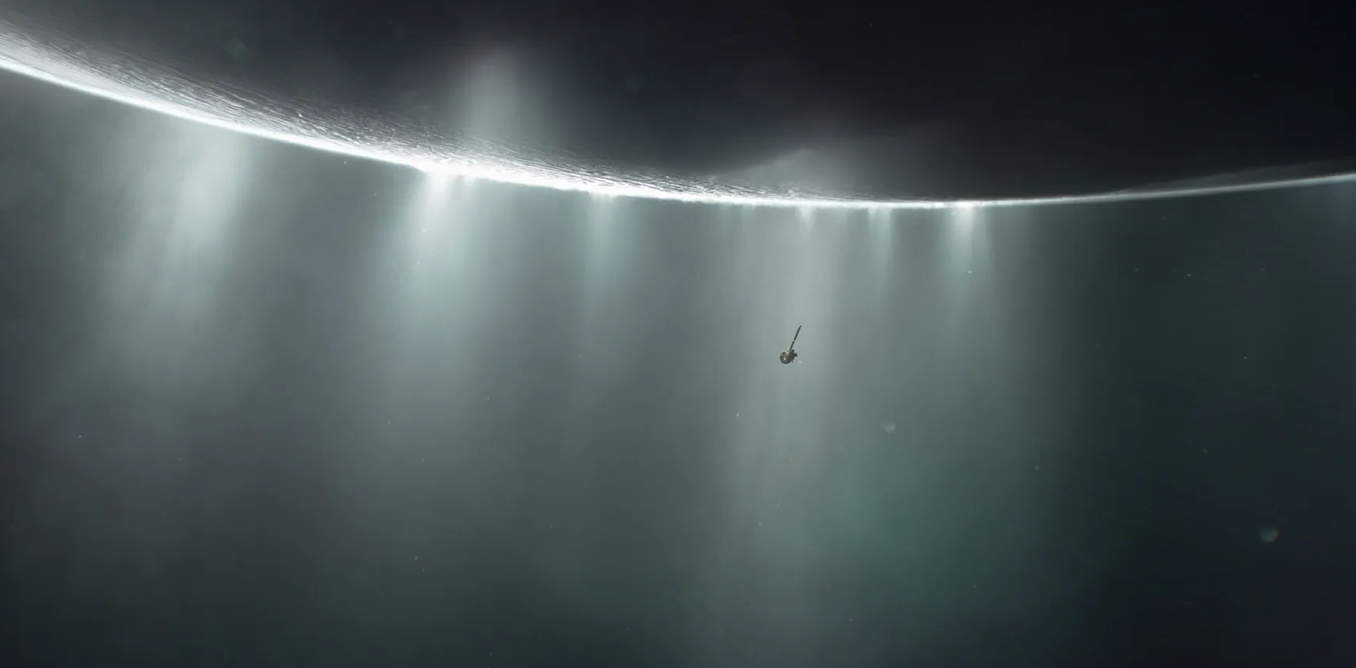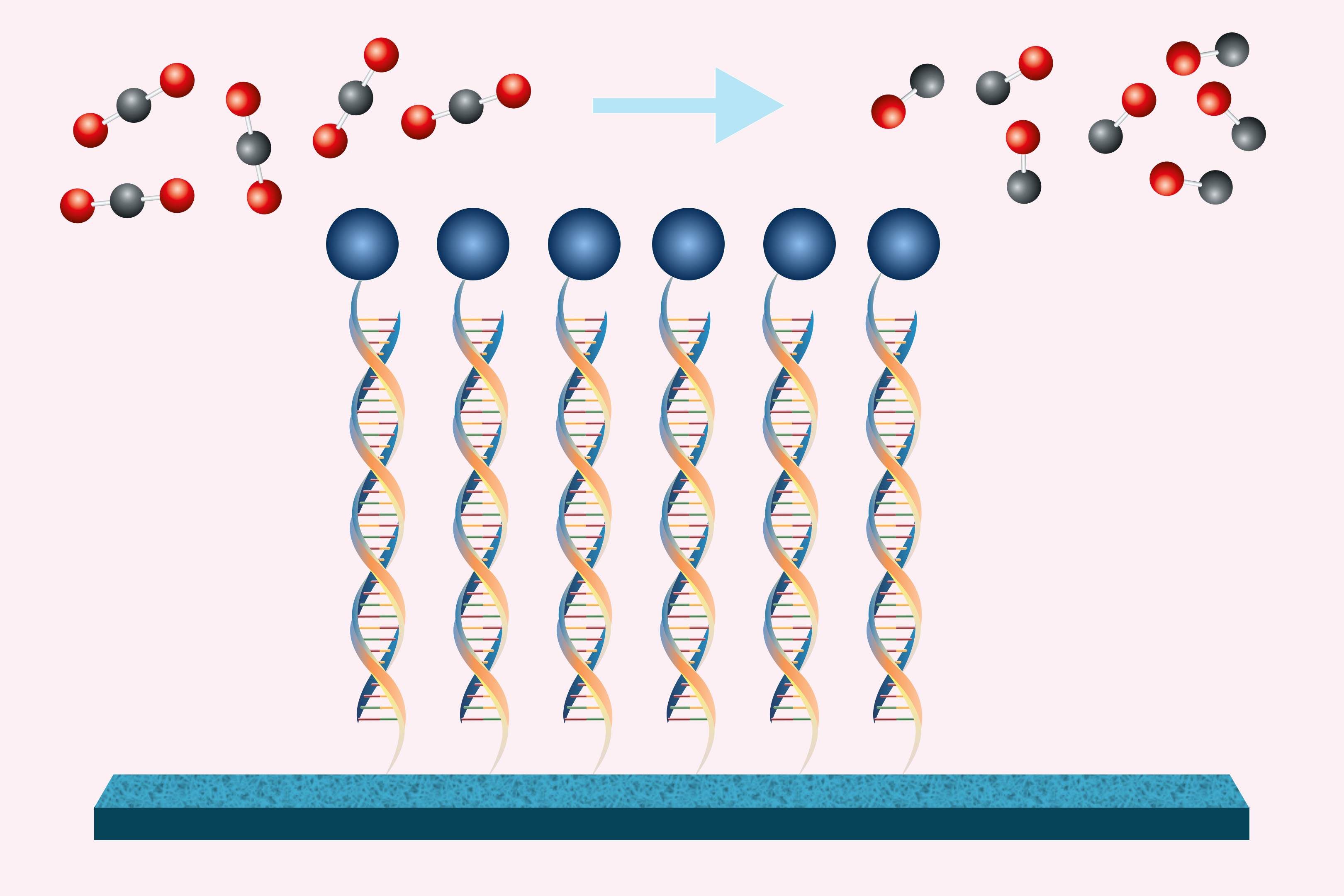Saturn’s ocean moon Enceladus is able to support life − my research team is working out how to detect extraterrestrial cells there
Saturn’s moon Enceladus has geysers shooting tiny grains of ice into space. These grains could hold traces of life − but researchers need the right tools to tell.
Fabian Klenner, Postdoctoral Scholar in Earth and Space Sciences, University of Washington •
conversation
April 17, 2024 • ~8 min
April 17, 2024 • ~8 min
A young Black scientist discovered a pivotal leprosy treatment in the 1920s − but an older colleague took the credit
Historians are working to shine a light on Alice Ball’s legacy and contributions to an early treatment of a dangerous and stigmatizing disease.
Mark M. Lambert, Assistant Professor of Behavioral Medicine, Medical Humanities, and Bioethics, Des Moines University •
conversation
April 12, 2024 • ~8 min
April 12, 2024 • ~8 min
What’s in tattoo ink? My team’s chemical analysis found ingredients that aren’t on the label and could cause allergies
Some tattoo inks contain unlabeled materials that can cause allergic reactions.
John Swierk, Assistant Professor, Chemistry, Binghamton University, State University of New York •
conversation
March 22, 2024 • ~7 min
March 22, 2024 • ~7 min
/
62

